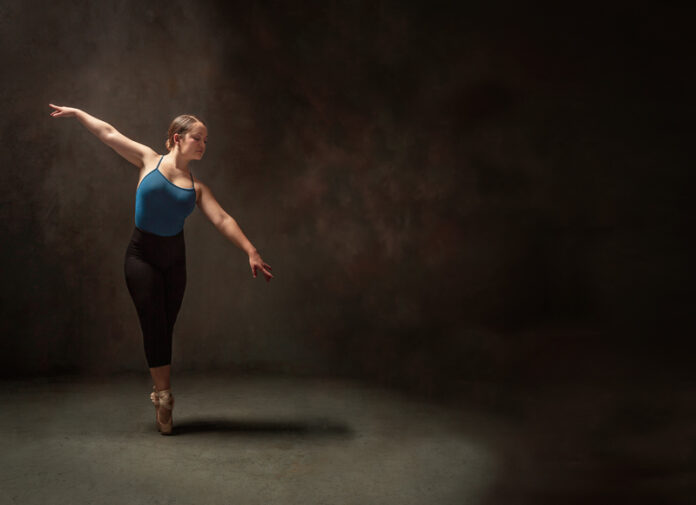By Doc List
Let’s begin with a caveat: beware the perfectionism of the dancer. Photographing dancers is both a delight and a challenge. Unless you are a dancer yourself, or have worked with dancers with some concentration, you might be surprised at how many of “the same” shot you will take when working with a dancer. Be prepared to hear things like “my hand isn’t quite right” or “my foot isn’t pointed/extended” or “Ugh! My knee!” or… They care. They want their images to be perfect. They will totally reject images because of the most subtle things that you or I might find beautiful.
If we consider the above image from the perspective of the dancer, we must look at all of her joints, the positions of her feet and arches in regard to the floor, her fingers, her neck, the angle of her head, the direction of her eyes, and every other little detail.
Ballet Dancers (ballerinas, ballerinos) are the most extreme of all. While contemporary dancers care, they’re less concerned with the precision that is essential to ballet dancers.
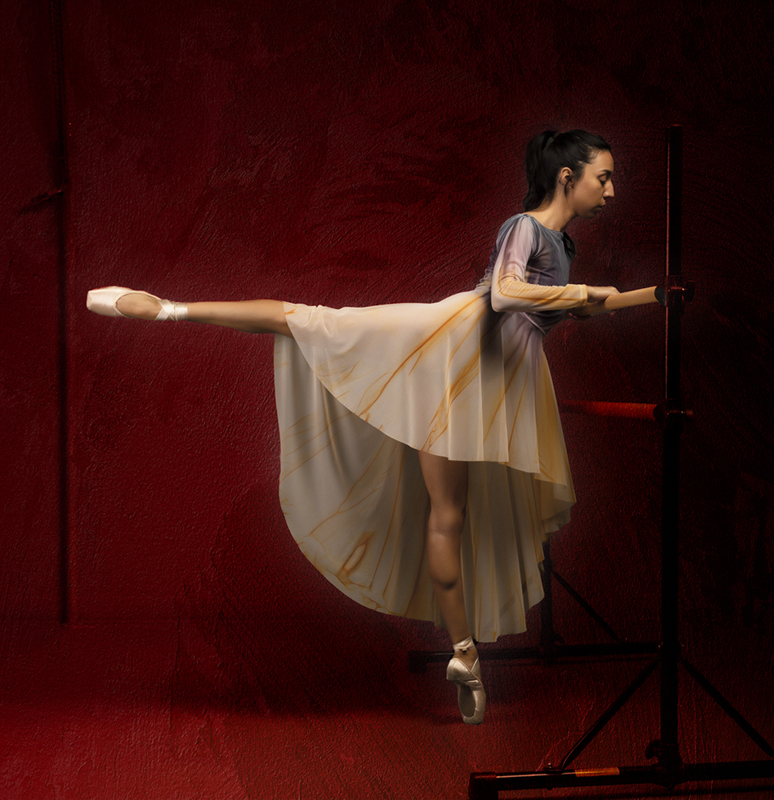
If you’re a beginning ballet photographer, my first recommendation is that you purchase a few books on dance positions, learn the names of various positions, understand some of the basic differences between styles (French, Russian, specific famous teachers), and learn about what’s needed for an audition portfolio.
Let’s consider the last item: audition portfolios. Dancers are likely to be applying to various programs throughout the year. It may be an “intensive” (a short-term exhausting program that helps them raise up to another level or learn a specific style) or it may be a dance company. There are some basic images that are generally expected and then some creative images that reflect the dancer’s personal style and personality.
The typical audition portfolio will include some or all of the following: arabesque, attitude, tendu, and headshot. Lighting and angle are critical for these in order to show off the dancer’s skill and precision. When I talked about their perfectionism, consider that theirs is a reflection of the teachers’ or company directors’ desire for perfection.
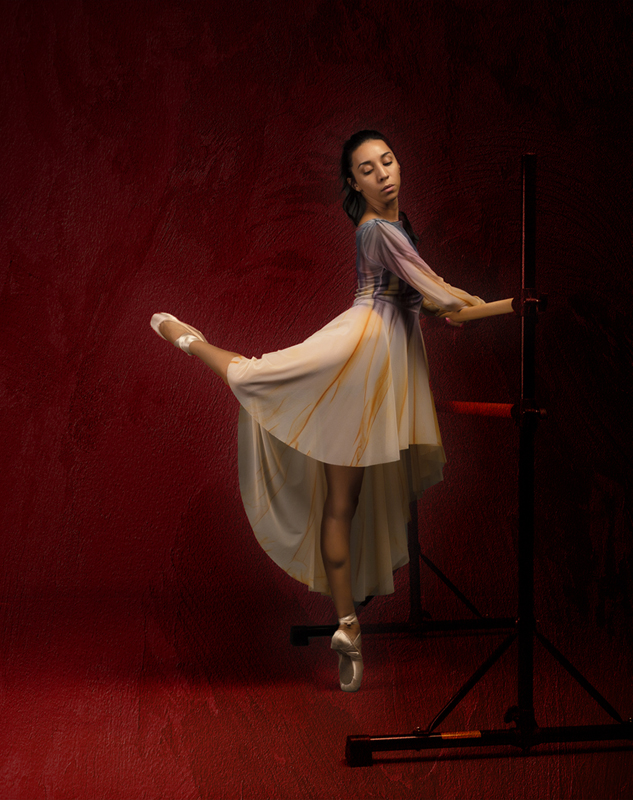
Arabesque – The definition of this term from abt.org (The American Ballet Theatre): One of the basic poses in ballet, arabesque takes its name from a form of Moorish ornament. In ballet it is a position of the body, in profile, supported on one leg, which can be straight or demi-plié, with the other leg extended behind and at right angles to it, and the arms held in various harmonious positions creating the longest possible line from the fingertips to the toes. The shoulders must be held square to the line of direction.
The forms of arabesque are varied to infinity. The Cecchetti method uses five principal arabesques; the Russian School (Vaganova), four; and the French School, two. Arabesques are generally used to conclude a phrase of steps, both in the slow movements of adagio and the brisk, gay movements of allégro.
As you can see, it’s hard to define this term without reference to other terms which you are expected to know.
Attitude – The definition of this term from ABT.org: A particular pose in dancing derived by Carlo Blasis from the statue of Mercury by Giovanni da Bologna. It is a position on one leg with the other lifted in back, the knee bent at an angle of 90 degrees and well turned out so that the knee is higher than the foot. The supporting foot may be à terre, sur la pointe or sur la demi-pointe. The arm on the side of the raised leg is held over the head in a curved position while the other arm is extended to the side.
There are a number of attitudes according to the position of the body in relation to the audience: for example, attitude croisée, attitude effacée, attitude de face.
Tendu – The definition of this term from BalletBeautiful.com: After pliés, we tendu! Tendu means “tight or stretched.” A tendu is one of the fundamental movements in ballet where the working leg is extended along the floor until only the tip of the toe remains touching the floor. It can be performed to the front, side, or back and usually begins in 1st or 5th position. Tendu is the common abbreviation for battement tendu and is often used in preparation for larger movements like grand battement.
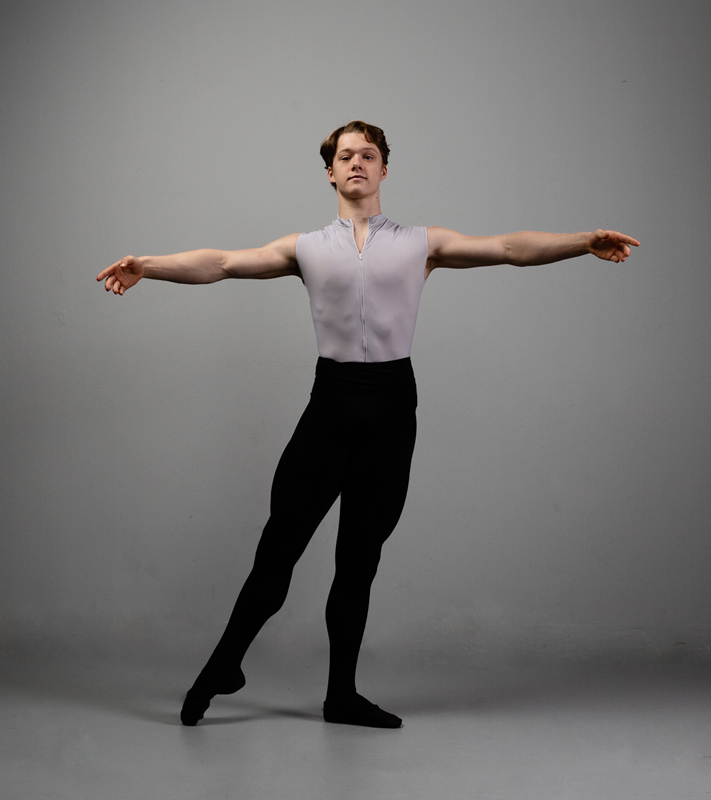
In examining the image of Jackson there are a few items that might be considered. Look at the angle of his shoulders, the relative positions of his arms relative to his body and to the floor, the line of his neck, and the tilt of his head. I’m not suggesting that any of those should be changed. I’m suggesting that as you learn you consider all of these.
Communication – One of the most important tools in photographing ballet is communication. Talk to your dancer. Listen to your dancer. Offer your thoughts about each image for your dancer’s consideration. Even if you’re new to photographing dancers, your dancer will be counting on you to help and guide them to the best images. For instance, you will find that dancers will frequently do an arabesque or attitude facing the camera. Of course, all you’ll see in the image is their standing leg and upper body at a funny angle. As a photographer who understands images you might (and I do) suggest that they turn to be perpendicular to the camera to most effectively show off their position (see the images of Sarah Juarez above).
You will also find that, as noted a couple of times, the dancer will be a perfectionist and want the position to be perfect. To make this as easy as possible, I shoot tethered to my MacBook computer. Having a larger screen on which the dancer can see the image makes a huge difference when compared to trying to see it on the back of a camera. Remember that small, subtle differences are highly significant to the dancer.
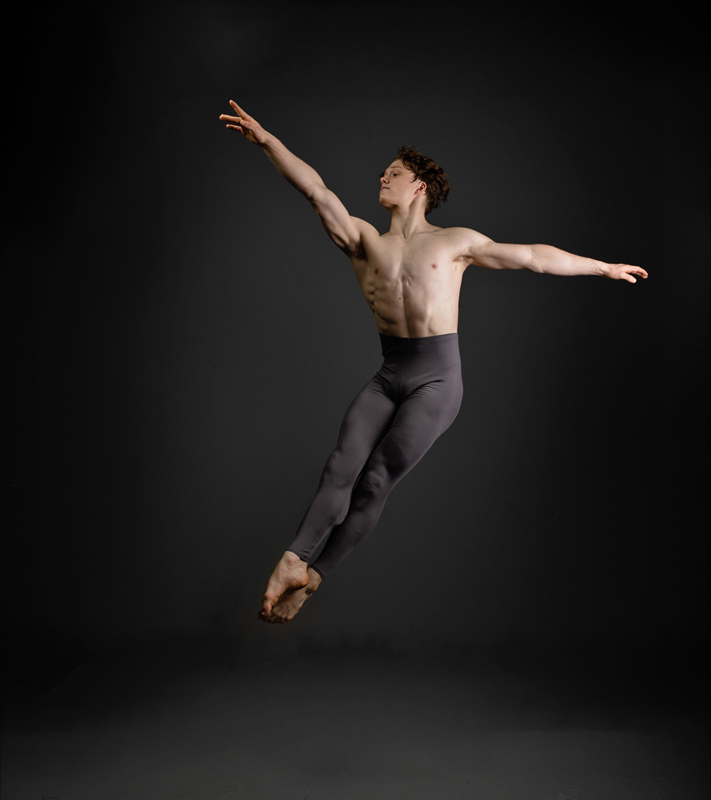
Photographing ballerinas and ballerinos can be challenging. You will try to capture the same position multiple times. Trying to capture a cabriole might take you twenty tries (or more) as the feet only come together for the briefest of moments. For each image the dancer will want to review it and will almost always suggest some slight change on their part. Occasionally you will understand that you can address their concerns with changes in lighting or in their body’s position relative to the camera.
I recommend reviewing a glossary of terms, purchasing a fundamental book about ballet, and watching some videos (not a full ballet but instructional videos). Having the ability to communicate with your dancer in terms that are familiar (en pointe, demi-pointe, bras, positions) will help to establish the dancer’s confidence in you and will smooth the experience for both of you.
Photographing dancers, and particularly ballet dancers, is a joyful experience. Their movements, the lines of their bodies, and their commitment to their art are a treat that you should savor. Add in the creativity that they bring once you’ve gotten through the basics, and you will never regret choosing to photograph ballet dancers!
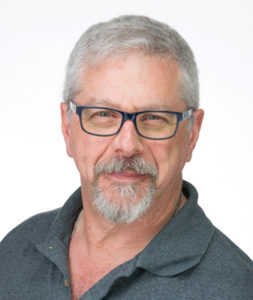 Doc List is a Master-Craftsman from Austin, Texas, who is committed to mastering light and shadow, using the camera, and relating to his subjects. He began his career photographing people, published a book of his work in his Austin Bodies Project, and teaches seminars throughout Texas and beyond. Learn more about his work at DocListPhotography.com.
Doc List is a Master-Craftsman from Austin, Texas, who is committed to mastering light and shadow, using the camera, and relating to his subjects. He began his career photographing people, published a book of his work in his Austin Bodies Project, and teaches seminars throughout Texas and beyond. Learn more about his work at DocListPhotography.com.



